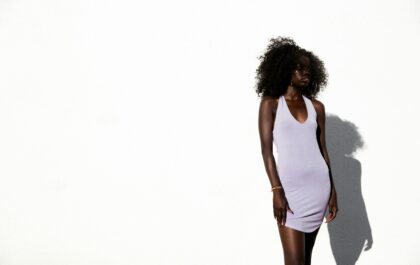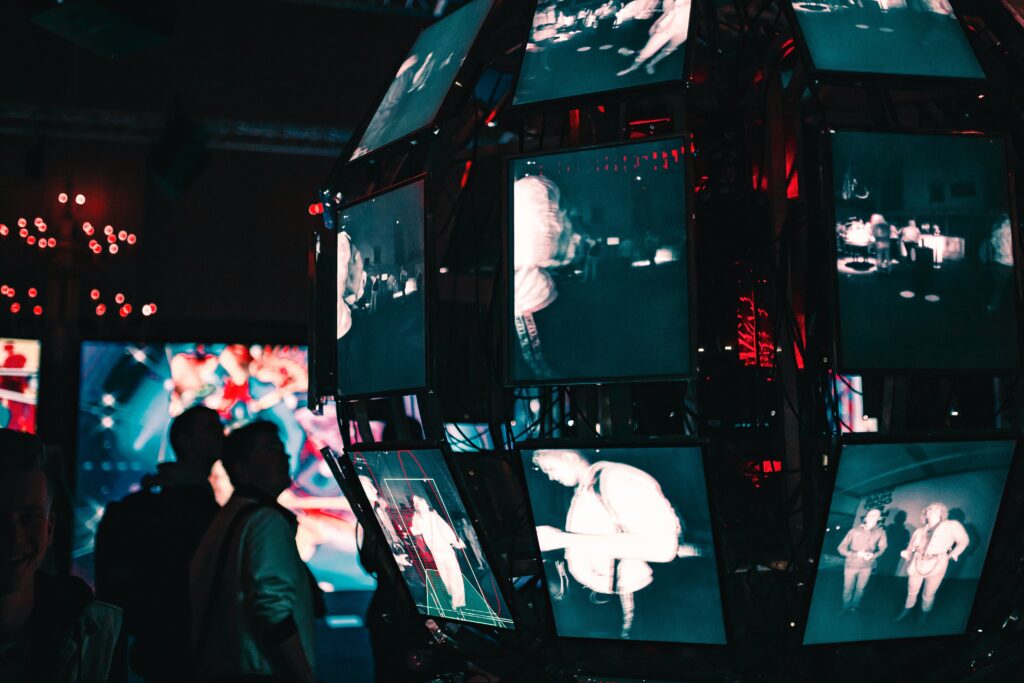Introduction: The role of fashion in society
Step into the dazzling world of fashion, where trends come and go like the changing seasons. From the flowing gowns of ancient civilizations to the street style of today’s urban jungles, fashion has always been a powerful force shaping culture and society. Join us on a journey through time as we explore how fashion has evolved over the years, leaving its mark on history in more ways than one.
A brief history of fashion and its impact on culture
Fashion has been an integral part of human culture for centuries, serving as a form of self-expression and social distinction. From the intricate garments worn by ancient civilizations to the elaborate styles of the Renaissance period, fashion has always reflected societal values and norms.
In the 20th century, fashion became more accessible to the masses with the rise of ready-to-wear clothing and mass production. This democratization of style led to rapid changes in trends and influenced cultural movements such as feminism and counterculture.
The 21st century brought about a fusion of global influences thanks to advancements in technology and communication. Social media platforms like Instagram have revolutionized how trends are disseminated, allowing for greater diversity in fashion expression.
Today, fashion continues to shape our perceptions of identity and influence how we interact with one another. As we look back on history, it’s clear that fashion will always be a mirror reflecting our ever-evolving society.
The evolution of trends throughout the decades
Fashion trends have constantly evolved over the decades, reflecting the changing times and tastes of society. From the elegant silhouettes of the 1950s to the bold colors and patterns of the 1980s, each era has brought its own unique styles to the forefront.
In the swinging ’60s, mini skirts and psychedelic prints took center stage, symbolizing a shift towards youth culture and rebellion against traditional norms. The grunge movement in the ’90s embraced a more laid-back, anti-establishment vibe with flannel shirts and ripped denim becoming iconic symbols of that time.
As we entered into the new millennium, fashion became more eclectic with a mix of vintage revival and futuristic elements dominating runways. In recent years, there has been a resurgence of sustainable fashion as consumers become more conscious about their environmental impact.
The evolution of trends throughout history showcases how fashion is not just about clothing but also reflects societal values and aspirations. Each decade brings its own flavor to the ever-changing world of style.
Influential designers and their contributions to fashion
Fashion has always been shaped by creative visionaries who push boundaries and redefine style norms. From Coco Chanel’s revolutionary designs that liberated women from restrictive clothing to Alexander McQueen’s avant-garde creations that challenged conventional beauty standards, designers have left an indelible mark on the industry.
Yves Saint Laurent introduced ready-to-wear fashion, making high-end couture more accessible to a wider audience. Vivienne Westwood brought punk aesthetics into mainstream fashion, inspiring rebellious trends for decades to come. And who can forget the iconic contributions of Christian Dior with his New Look silhouette or Rei Kawakubo’s deconstructive approach at Comme des Garçons?
Each designer brings a unique perspective and innovation that shapes the ever-evolving landscape of fashion. Their bold choices and fearless creativity continue to inspire new generations of designers and enthusiasts alike.
How technology has influenced fashion trends
Technology has undeniably revolutionized the fashion industry in countless ways. From online shopping to virtual fashion shows, technology has opened up a whole new world for both designers and consumers.
Social media platforms like Instagram have given rise to influencer culture, where trends can go viral overnight and reach millions of people around the globe. It’s easier than ever for individuals to express their unique style and influence others through digital channels.
3D printing has pushed boundaries in design, allowing for intricate details and innovative shapes that were once impossible to create by hand. Sustainable practices are also being integrated into fashion production with the help of technology, reducing waste and environmental impact.
Augmented reality is changing the way we shop by offering virtual fitting rooms and personalized recommendations based on our preferences. With advancements in AI and data analytics, brands can now tailor their offerings to individual customers like never before. The possibilities are endless when it comes to how technology continues to shape the future of fashion trends.
The rise of sustainable and ethical fashion
In recent years, there has been a significant shift towards sustainable and ethical fashion. Consumers are becoming more conscious of the environmental and social impact of their clothing choices.
Sustainable fashion focuses on reducing waste, using eco-friendly materials, and promoting fair labor practices throughout the supply chain. Brands are embracing transparency and accountability in their production processes.
Ethical fashion advocates for the fair treatment of workers in the garment industry, ensuring they receive fair wages and work in safe conditions. This movement aims to combat exploitation and promote human rights within the fashion industry.
Many designers and brands are now incorporating sustainability into their collections, showcasing that style can coexist with environmental consciousness. From recycled materials to upcycling old garments, innovative approaches are reshaping the way we view fashion.
As consumers become more educated about these issues, the demand for sustainable and ethical options continues to grow. It’s not just a trend; it’s a fundamental shift towards a more responsible future in fashion.
Current popular trends and their origins
Fashion trends are constantly evolving, reflecting the cultural and societal shifts of the time. Today, we see a mix of retro influences from the 90s making a comeback with modern twists. Oversized blazers paired with bike shorts, chunky sneakers, and mini sunglasses have taken over runways and street style alike.
The resurgence of vintage denim styles like mom jeans and baggy straight-leg pants shows how fashion is cyclical in nature. The Gen Z aesthetic embraces sustainability and thrifting as key elements in creating unique looks while reducing waste in fast fashion.
Social media plays a significant role in shaping current trends, with influencers setting new standards for what’s considered stylish. Brands are also becoming more inclusive by representing diverse body types on the runway and in campaigns.
By blending nostalgia with innovation, today’s popular trends pay homage to past decades while pushing boundaries towards a more inclusive and sustainable future for fashion.
Predictions for the future of fashion
As we look towards the future of fashion, one thing is certain – change is inevitable. With advancements in technology and a growing emphasis on sustainability, the fashion industry is set to undergo a major transformation.
We can expect to see an increase in virtual fashion shows and digital experiences, blurring the lines between physical and digital realms. Customization will continue to gain popularity as consumers seek unique pieces that reflect their individuality.
Moreover, there will be a greater focus on inclusivity and diversity in both design aesthetics and representation within the industry. We anticipate more collaboration between traditional designers and emerging talents from diverse backgrounds.
Sustainable practices will become non-negotiable as consumers demand transparency and ethical production processes. Upcycling, circular fashion, and innovative materials will shape the future landscape of fashion.
The future of fashion promises to be dynamic, inclusive, sustainable, and technologically-driven. It’s exciting to envision how these upcoming trends will reshape the way we view style and self-expression.
The cyclical nature of fashion and its everlasting influence on society
Fashion is a dynamic and ever-evolving industry that has continuously shaped society for centuries. The cyclical nature of fashion trends demonstrates how styles from the past often resurface with a modern twist, showcasing the enduring influence of history on present-day aesthetics.
As we look towards the future, it is clear that fashion will continue to be a powerful force in shaping culture and identity. From sustainable practices to technological advancements, the evolution of trends reflects society’s values and aspirations.
Fashion serves as more than just clothing; it is a form of self-expression, creativity, and innovation that bridges the gap between tradition and progress. Embracing this fluidity allows us to appreciate the beauty in change while honoring our collective heritage—a testament to the timeless allure of fashion’s everlasting impact on society.
























